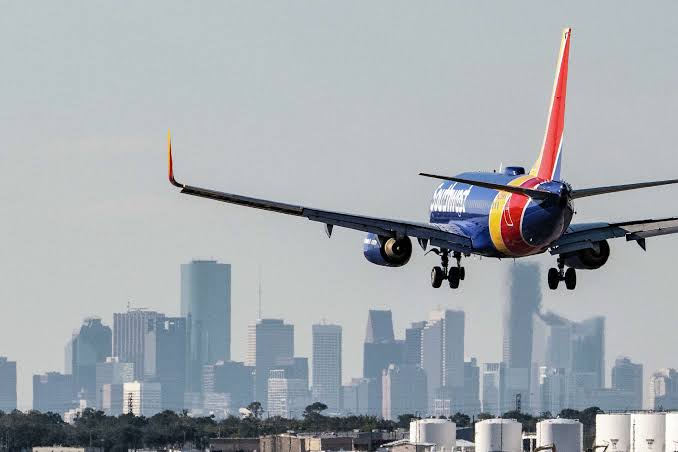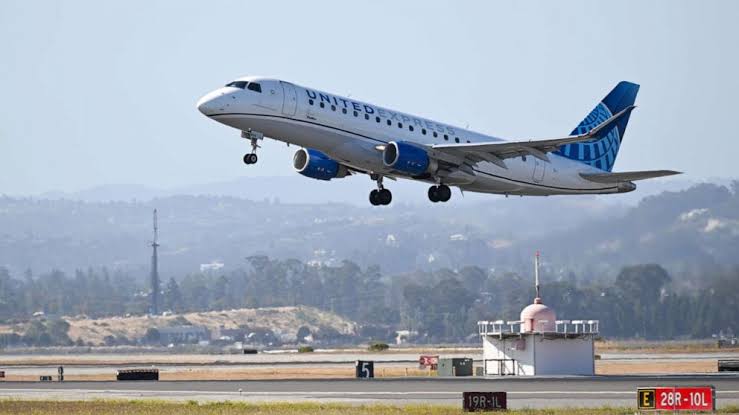Southwest Airlines Challenges San Antonio Airport Over Gate Allocation Dispute
Southwest Airlines is accusing San Antonio International Airport officials of deliberately masking a plan to exile the Dallas carrier to the airport’s oldest, smallest terminal.Southwest made the allegations in an amended lawsuit it filed in San Antonio federal court on Thursday.Southwest made the allegations in an amended lawsuit it filed in San Antonio federal court on Thursday.
Airport Director Jesus Saenz a

Allegations of Misrepresentation
In an amended lawsuit filed in San Antonio federal court, Southwest asserts that city officials, including Director of Airports Jesus Saenz, provided verbal commitments ensuring the airline’s inclusion in Terminal C. Despite these assurances, Southwest alleges that the city had predetermined plans to allocate the new terminal’s gates to other carriers, effectively relegating Southwest to the older Terminal A. The airline contends that this strategy was concealed during negotiations, leading to claims of misrepresentation and bad faith dealings.
Internal Communications and Documents
Southwest’s legal filing references internal city documents obtained through discovery, including emails and text messages among airport officials. The airline argues that these communications demonstrate a bias favoring carriers offering premium services, such as first-class seating and exclusive lounges—amenities that Southwest does not provide. This alleged preference, according to Southwest, influenced gate assignment decisions to the airline’s detriment.
City’s Position and Response
San Antonio officials have consistently denied Southwest’s allegations, maintaining that the gate assignment process was conducted transparently and in the best interest of the airport’s operational efficiency. They argue that the criteria for gate assignments were applied uniformly across all airlines and that Southwest’s exclusion from Terminal C was based on objective factors, not discriminatory practices.
Legal Proceedings and Potential Implications
The dispute has escalated to federal court, with Southwest seeking judicial intervention to void the current lease agreements and mandate a reassessment of gate assignments. The airline argues that being confined to Terminal A hampers its growth prospects and operational efficiency, especially considering the terminal’s age and capacity limitations. A preliminary hearing is scheduled for April, where both parties will present evidence supporting their respective positions.
Impact on San Antonio International Airport
The outcome of this legal battle holds significant implications for SAT’s future operations and development. Terminal C, a $1.7 billion project slated for completion in 2028, is central to the airport’s modernization plans. If the court rules in favor of Southwest, it could necessitate a reevaluation of gate assignments, potentially delaying the terminal’s opening and altering the strategic positioning of airlines at SAT. Such a development could affect passenger services, airline competition, and the airport’s overall reputation.
Broader Industry Implications
This case underscores the complexities inherent in airport-airline relationships, particularly concerning infrastructure development and resource allocation. It highlights the necessity for transparent negotiations and equitable treatment to maintain trust and cooperation between airlines and airport authorities. The aviation industry will be closely monitoring this case, as its outcome may influence future airport expansion projects and the dynamics of airline competition within shared hubs.
Conclusion
Southwest Airlines’ allegations against San Antonio airport officials have brought to light critical issues regarding transparency, fairness, and strategic planning in airport operations.
As the legal proceedings unfold, the ramifications will extend beyond the immediate parties, potentially setting precedents for how similar disputes are handled in the future. Stakeholders, including passengers, airlines, and airport authorities nationwide, await the court’s decision, which will undoubtedly shape the trajectory of airport management and airline relations in the years to come.






